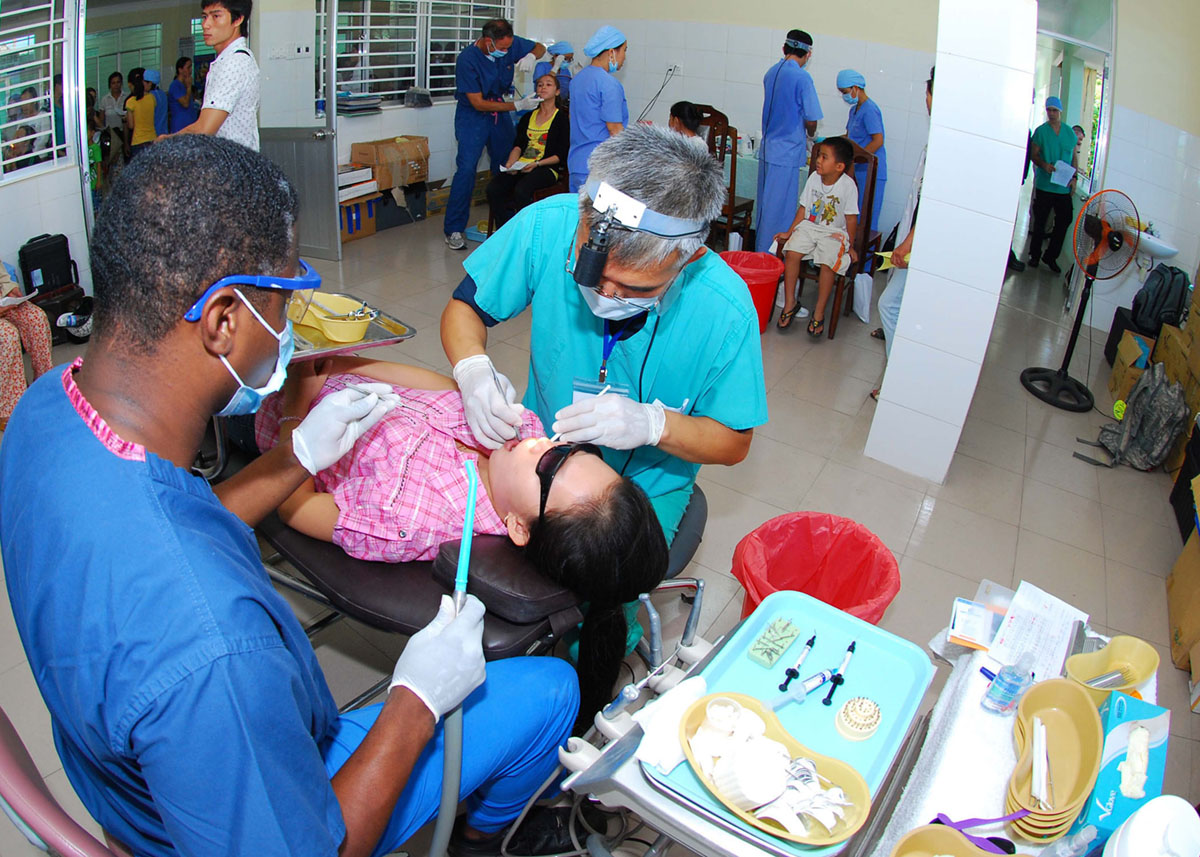
Crohn disease:
Crohn disease is a health condition when autoimmune system attacks digestive tract of a human. This happens when one's immune system starts to attack normal inhabitants of digestive tract. This will cause an inflammation of one or the other part of digestive tract or it can affect more than one, from mouth, to anus. The exact cause is yet unknown. There is no known cure for this condition and all available treatment solutions can just relieve the symptoms and control the inflammation. Sometimes, the inflammation can be treated only with surgery, and sometimes, the surgery is the most efficient way to treat the condition.
Laparoscopic surgery for treating Crohn disease:
Laparoscopic surgery is a type of less-invasive surgeries performed by putting instruments through 4 small incisions on one's abdomen (one of these is made for laparoscope; a tube with camera attached at the end of it) and main advantages of this method are much less tissue damage and very small scars after the procedure. Laparoscope is used for a surgeon to see inside the abdomen, while performing the procedure. The other instruments, also inserted through incisions, are used for suturing, cutting, stapling, etc... Laparoscopic surgery allows the patient to return to normal living much faster than the standard procedure; although, there is no absence of pain and postoperative recovery is still 5 days to a week. Performing this procedure began in 1990's and it is used for treating many types of gastrointestinal disorders.
In case of Crohn, this kind of procedure is sometimes used to remove a part of intestine. The largest incision, intended for taking the part of intestine out of patient's body, is made on belly button.
Limitations:
Sometimes, it is not possible to perform the whole procedure this way, because there may be many scars inside the abdomen so, due the visibility limitations, the rest of the procedure have to be done in a standard manner. The other limitation might occur when there is too many fistulas present in targeted segment of intestine. When the part of intestine (or whole) is removed, the rest of it might not be able to process the food properly and absorb nutrition, vitamins, water, electrolytes and minerals. This can cause a problem more serious than the initial disease itself. After the surgery, the goal is to prevent the disease from coming back. It is proven that some people are at lower risk from recurring the disease after the surgery. There is no way to predict this.







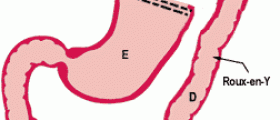

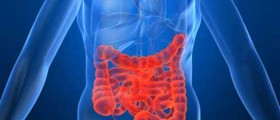


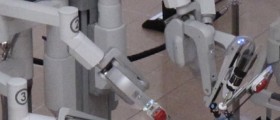
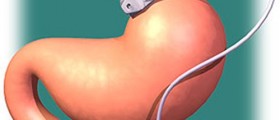

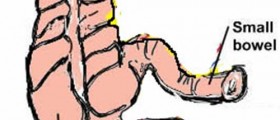
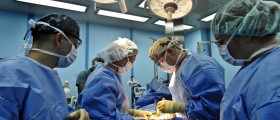
Your thoughts on this
Loading...